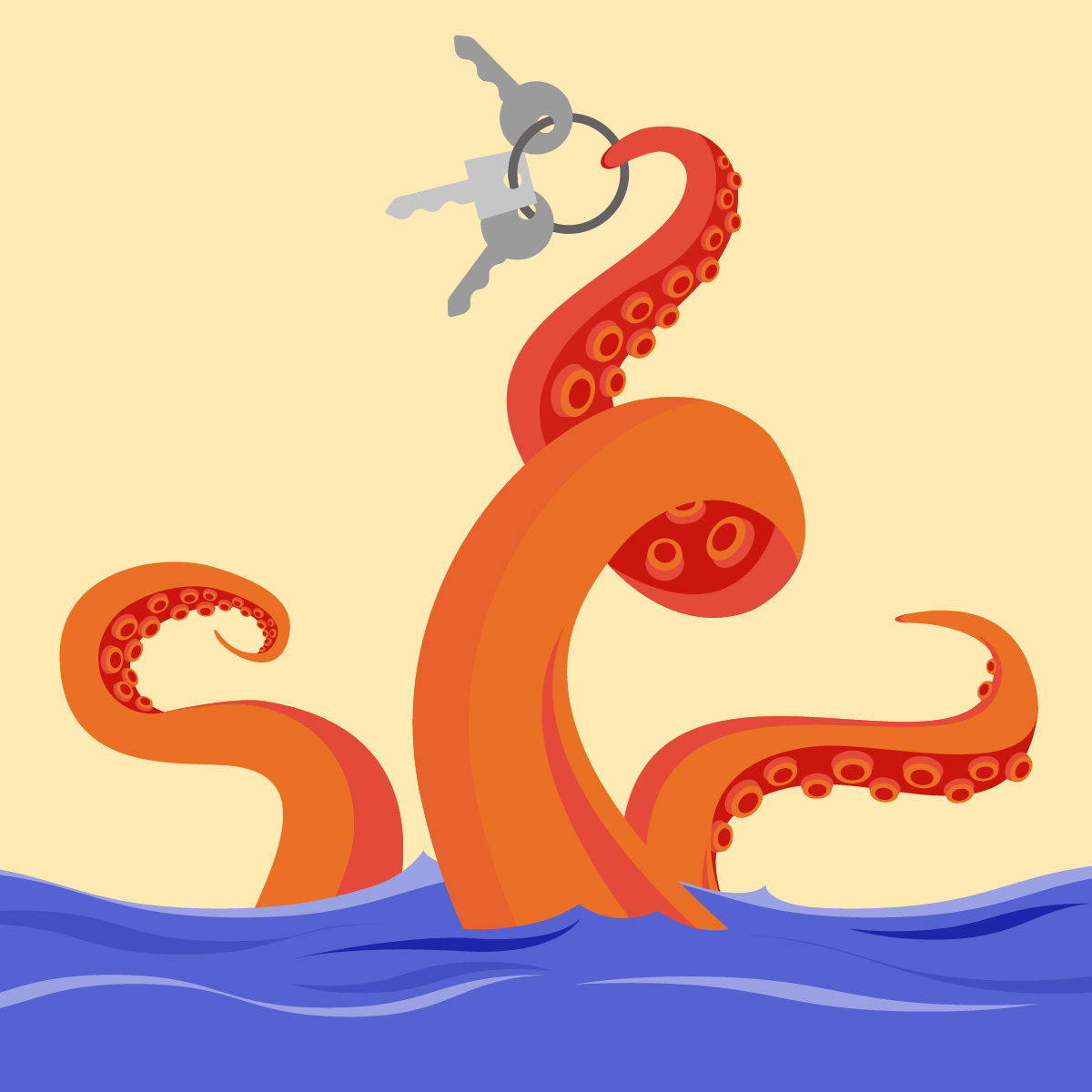What is a line of credit?
A line of credit is similar to a credit card, in that it has a pre-set spending limit you can choose to use, or not, as needed.
For example, if you open a $10,000 line of credit with your financial institution, that means you can borrow up to $10,000 any time. When you access funds from a line of credit, you'll start to incur interest charges from day one. You need to make regular repayments to your line of credit if you carry a balance, and minimum payment requirements may vary between different loans and financial institutions. Some require a percentage of the balance and the interest incurred, and some have minimum payments of interest only.
The interest rate tends to be lower than credit card rates
Lines of credit usually almost always use a variable interest rate that's lower than the interest rates charged on credit cards.
For example, your line of credit might have an interest rate of "prime + 5%." That means your interest will be calculated at 5% more than the lender's current prime lending rate, which is the rate they charge their "prime" (or most credit-worthy) customers.
If the prime rate was 3.95%, for example, then a line of credit at "prime + 5%" would have an interest rate of 8.95%. If the prime rate increases or decreases, then the interest charged on the money you owe on this line of credit will similarly increase or decrease.
Secured versus unsecured lines of credit
If a lender gives you a $10,000 unsecured line of credit and you use it all, but then you can't make your payments, they risk losing the money they lent you. Because of this risk, they charge a higher interest rate.
A secured line of credit means you've pledged something of value (such as equity in your home) to the lender in case you can't make your required payments. If you stop making your payments, the lender can take what you pledged as collateral and sell it, to recover all or some of their losses. Because the lender has less risk, these secured lines of credit will have a lower interest rate, all other things being equal.
Minimum payments
If you have a line of credit where the minimum payment required is only the interest owing, then the minimum you need to pay may be small. But if that's all you pay, you may be carrying your debt for a very long time.
If you borrowed $5,000 out of the possible $10,000 available in our example line of credit, then the monthly interest you incur on $5,000 would be your minimum payment. This would be $37.29 per month based on an interest rate of prime + 5% and a prime rate of 3.95% (and will change as prime rate changes). If you only paid this amount, the principal balance owing would remain the same.
Be careful with a line of credit
Just as people can get in over their heads with credit cards, it can be even easier to get in over your head with a line of credit. Because the interest rates tend to be lower, it doesn't feel as painful to carry a balance on a line of credit versus a credit card. Add to that a lower minimum monthly payment, and you can see how this can be a recipe for disaster.
Be mindful of how much debt you have access to, and how you use it. Although financial institutions sometimes offer to increase your credit limits on credit cards and lines of credit, remember that you can also call them to lower your limits on these products.

